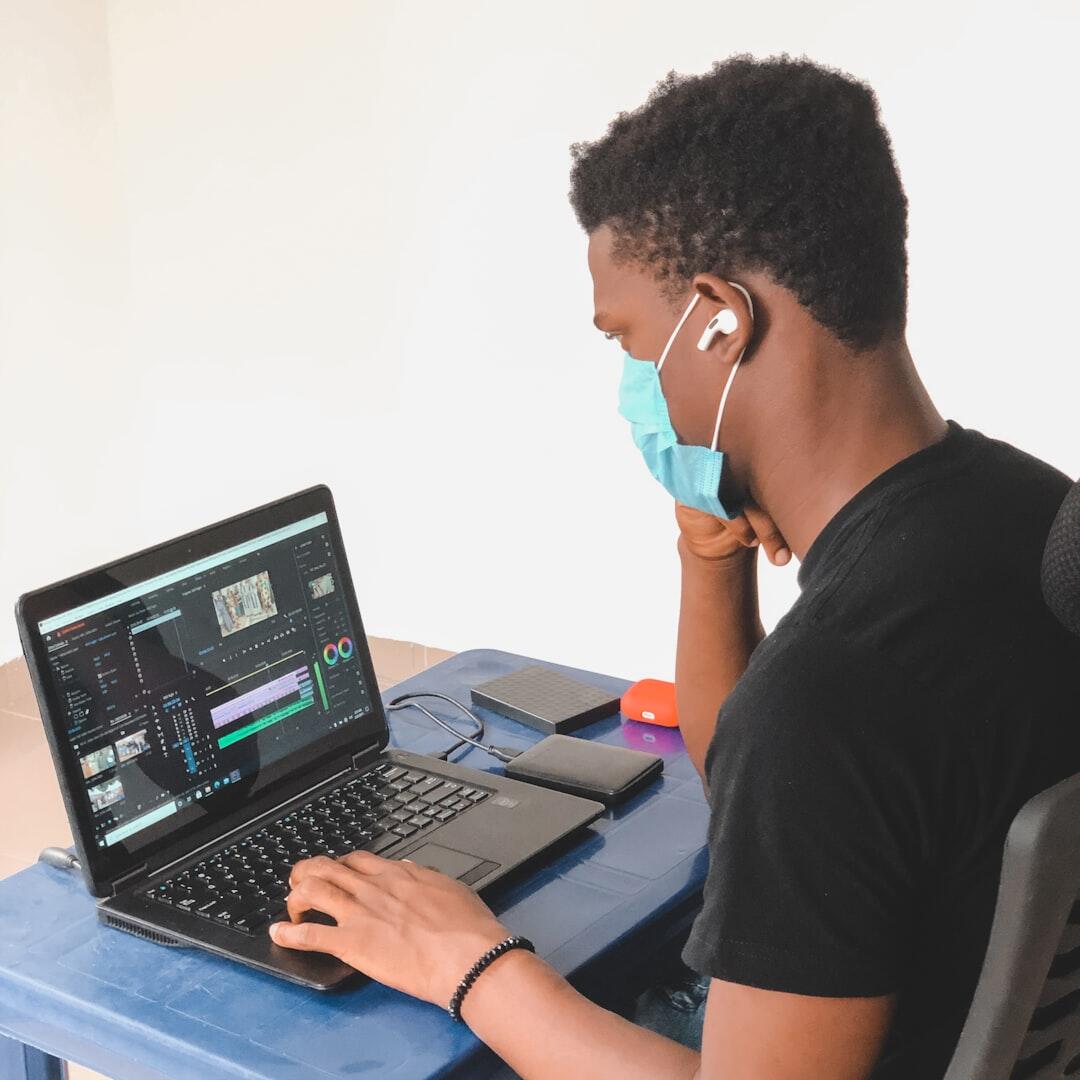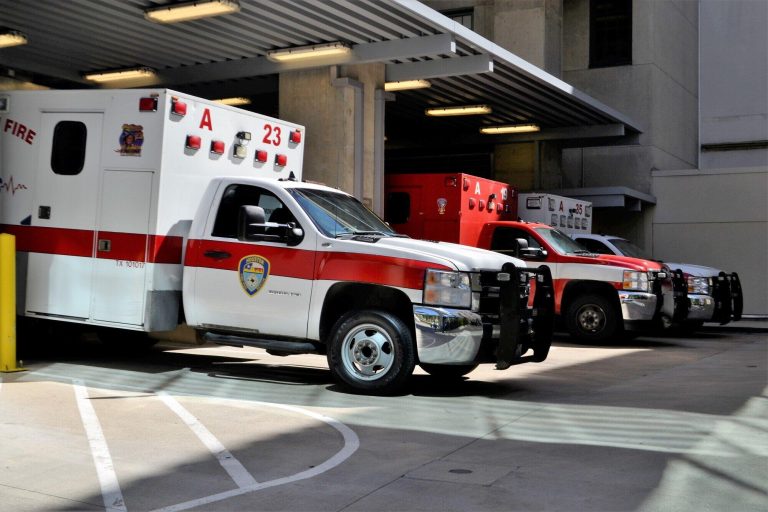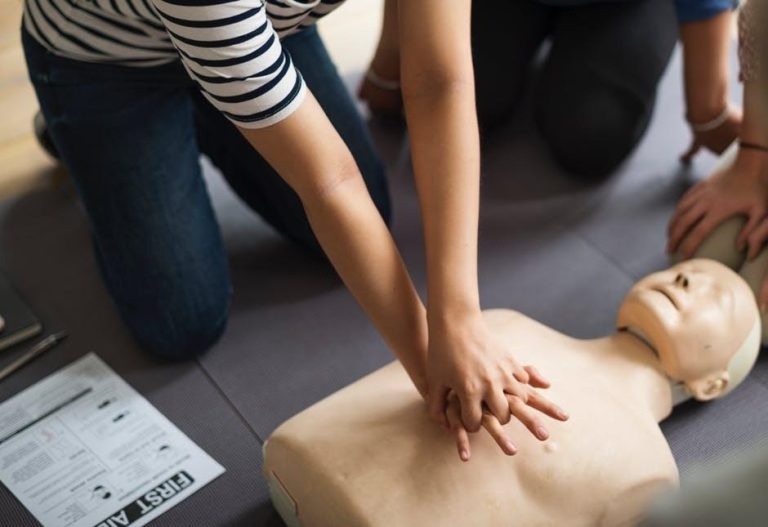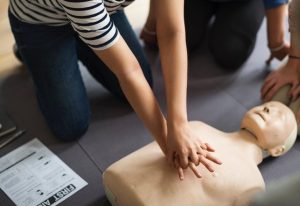Have you ever wondered why some patient transport services seem safer and more efficient than others? Ambulatory transport is often taken for granted, yet it plays a vital role in healthcare.
Many people assume it is simple, but there are crucial details that make a significant difference. From safety protocols to scheduling efficiency, much is overlooked. Understanding these details can improve patient experiences and outcomes.
Hospitals and care facilities depend on effective transport more than most realize. By reading this post, you will gain insights that can enhance safety, efficiency, and overall patient care.
- Training Matters More Than Equipment
It’s easy to focus on things like stretchers, wheelchairs, and vehicles, but the skills of the staff are what really matter for safe transportation. It’s important for drivers and aides to know how to prevent infections, care for patients, and act in an emergency.
When even the most advanced tools are used in the wrong way, they become useless. Training makes sure that people can act quickly in unexpected situations, which lowers the risk of getting hurt. The staff stays up to date on the latest safety rules by getting training all the time.
Patients and facilities will know that you can be trusted if you have the right certification. Patients who are feeling anxious can also be reassured by trained staff while they are being moved. Putting money into training pays off because accidents happen less often and things run more smoothly.
- Comfort Directly Affects Patient Health
It’s not enough for patients to have soft seats or blankets for them to be comfortable. People who are already hurt or sick may feel worse in positions that aren’t comfortable. If you use the right cushioning and support, you can avoid getting pressure sores on longer trips.
Temperature control in cars is often forgotten, even though it is very important for people with certain medical conditions. Two things that can help elderly or fragile patients feel less stressed are reducing noise and moving slowly.
Communication is important because you need to be able to explain the process to scared patients. Monitoring makes sure that the level of comfort stays the same during transportation. When care is focused on the patient’s comfort, the patient’s overall outcome is better.
- Timeliness Can Save Lives
Being on time is very important, even if the way you’re getting there seems normal. Delays can make it hard to do procedures or take medications at the right time. Schedules need to take into account things like traffic, weather, and vehicle maintenance.
Planning routes well lowers stress and risk for both patients and staff. Handoffs go smoothly when there is communication with the receiving facility. It makes a big difference when drivers are taught how to get around safely and on time.
Keeping track of time makes it less likely that an emergency will happen during transport. For patient safety and care continuity, every minute counts.
- Legal Regulations Are Non-Negotiable
To protect both patients and providers, ambulatory transport is heavily regulated. Staff must always follow the rules about vehicles, safety, and licenses. Violators can get fines, be sued, or have their certification taken away.
Every transport must be recorded so that people can be held responsible and resources can be found. Laws about health privacy protect patient information.
As regulations often change, training needs to go on all the time. Legal safety rules keep accidents and injuries from happening. Rules are there to protect patients, staff, and the organization as a whole.
- Communication Reduces Errors
Drivers, nurses, patients, and doctors all need to be able to talk to each other. Misunderstandings can lead to missed appointments or conditions that aren’t treated properly. Errors can be avoided with standardized checklists.
Let everyone know about changes or delays so there is no confusion. Patients feel less anxious and more trusting when you explain procedures to them. Cell phones and radios help people work together better.
Even directions for taking medicine must be made clear. Communication is key to keeping people safe in ambulatory transport.
- Infection Control is Essential
If vehicles aren’t cleaned properly, germs could start to grow inside them. Every trip requires the staff to follow strict rules for hygiene before, during, and after the trip. Anyone who is involved is safe when contaminated materials are handled in the right way.
Hand sanitizers, gloves, and masks can help lower the risk of getting an infection by a lot. There is no choice but to clean vehicles regularly; it is required. Patients whose immune systems aren’t working well are more likely to get sick.
To keep safety standards high, people must be trained regularly on how to avoid getting infections. Infection control isn’t just about following the rules; it’s also about keeping patients from getting hurt when they wouldn’t have had to.
- Non-Emergent Medical Transport Requires Planning
Not all transport is urgent, yet non emergent medical transport still needs careful attention. Scheduling these trips efficiently prevents wasted time and resources. Patients may need assistance getting in and out of vehicles safely.
Coordination with healthcare providers ensures appointments are met without stress. Vehicle selection matters for comfort and mobility needs. Staff training in handling non-critical cases reduces risk.
Proper planning ensures patients arrive on time and in good condition. Even routine trips benefit from a structured, patient-focused approach.
- Technology Enhances Safety and Efficiency
With new tools, mobility is smarter and safer. GPS guarantees on-time arrival and the best routes. Electronic logs make it easy to keep track of how patients are cared for and moved.
Apps let drivers get in touch with hospitals right away. Safety features like monitoring and automatic brakes help keep people safe. With digital scheduling, you can avoid trips that overlap or are late.
The staff can get real-time updates on what patients need. Reporting and quality control are made easier by technology. To get better results and work faster, use technology wisely.
Facts About Ambulatory Transport That Most People Overlook
Transportation for the disabled is affected by many factors that affect safety, efficiency, and the patient’s experience. It depends on how well the staff is trained, how well the vehicles are designed, how well people can communicate, and how comfortable the patients are.
Vehicles are transported safely, legally, and on time thanks to technology and rules. Better timing, cost management, and protocols make healthcare facilities more efficient.
Patient safety is ensured by understanding non-emergency medical transport. Doctors and nurses can make patients happier and safer by learning these details.
Did you like this guide? Please browse our website for more!








































































